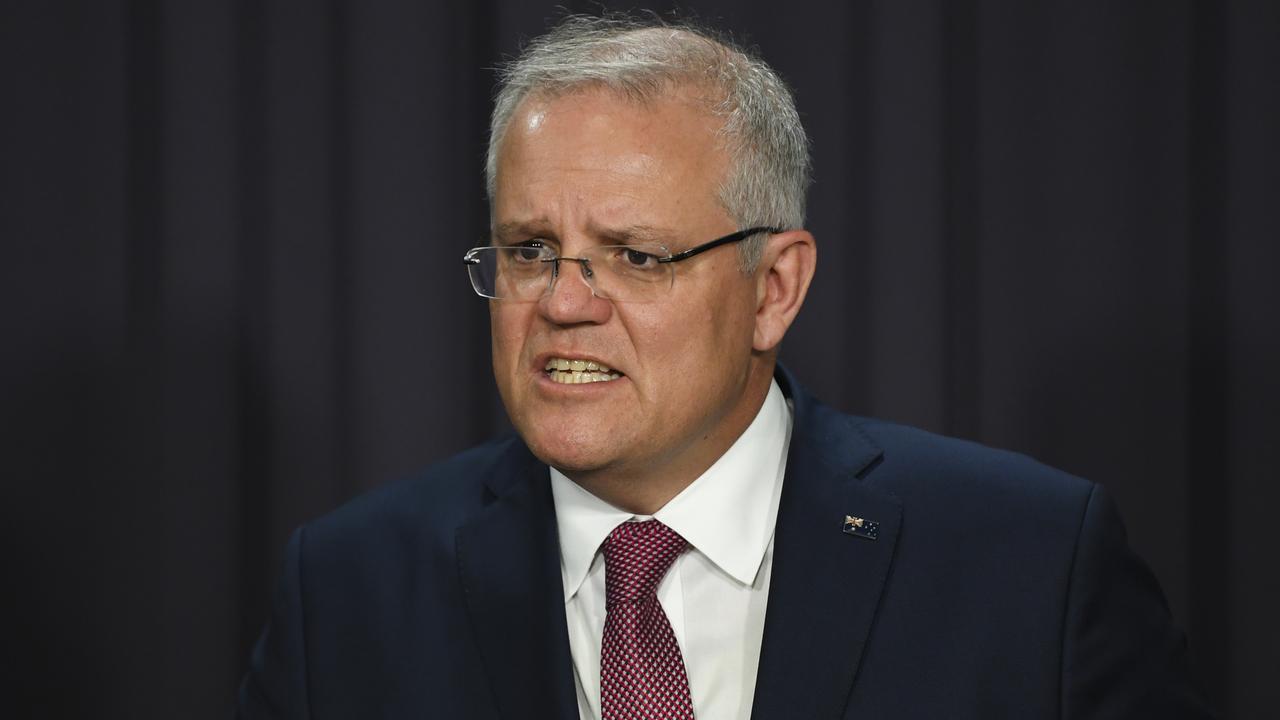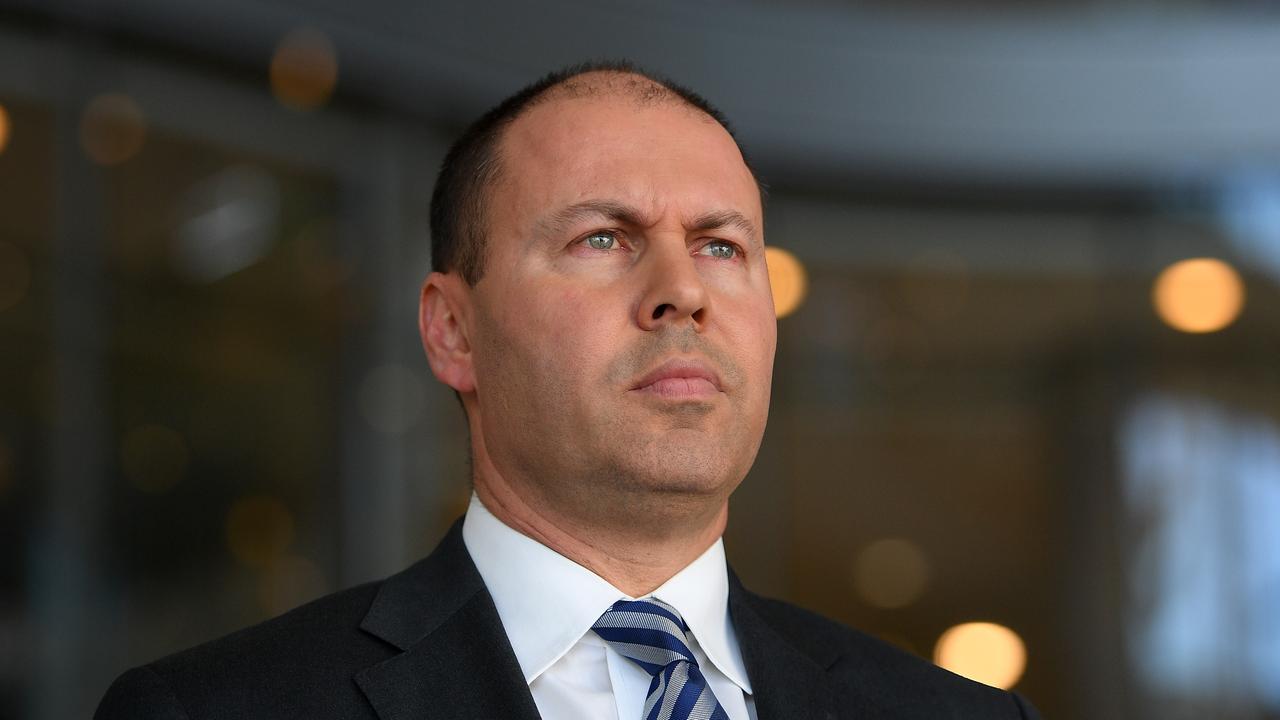Australian economy beats expectation and grows by 0.5%
A day after the central bank slashed rates to a record low, economic growth defied expectations but virus fears hang over result.
The Australian economy grew by half a per cent, beating market expectations and keeping its near-decade run of positive growth alive.
The December quarter figures, however, don’t take into account the crippling impact of the deadly coronavirus and the majority of the summer’s devastating bushfires.
The 0.5 per cent uptick narrowly beat what analysts and economists had predicted, but Australian Bureau of Statistics chief economist Bruce Hockman said “growth remains below the long run average.”
The quarterly figures accelerate annual economic growth to 2.2 per cent, but BIS Oxford Economics chief economist Sarah Hunter said the negative indicators hanging over the economy remain.
“The coronavirus outbreak is putting a substantial strain on the global economy, through disruption to tourism, higher education, global supply chains and financial markets,” she said.
“The hit to services exports and emerging disruption in supply chains, coupled with the earlier drag from the bushfires, will likely result in a contraction in Q1, and the risk of a recession has increased materially.”
The RBA has forecast the economy’s growth to tick along to 2.75 per cent through this year, which AMP chief economist Shane Oliver said is “way too optimistic”.
“Due the bushfires and coronavirus, March quarter GDP growth is expected to be negative and even assuming a rebound in growth in the June quarter we see growth through this year of just 1.5 per cent,” he said.
“However, there is a rising risk of recession because if the coronavirus outbreak is not contained soon then June quarter growth could be negative as well which would mark the first recession since the early 1990s.”
RELATED: Government blamed for Australia’s cost of living burden
RELATED: Market ‘panic’ as ASX tumbles into dark days
RELATED: RBA slashes interest rates to 0.5 per cent
Less than 24-hours ago, the Reserve Bank of Australia enacted an emergency response and slashed interest rates to a fresh historic low of 0.50 per cent as trillions of dollars has been wiped off global share markets.
Last week, the S&P 500 on Wall Street experienced its worst week since the global financial crisis with more than $US6 trillion in value lost, while the ASX continued its downward trajectory this morning.
Central bank boss Philip Lowe cited the spread of the deadly outbreak when he reduced the official cash rate for the fourth time since June.
“The coronavirus has clouded the near-term outlook for the global economy and means that global growth in the first half of 2020 will be lower than earlier expected,” he said.
“It is too early to tell how persistent the effects of the coronavirus will be and at what point the global economy will return to an improving path.”

GOVERNMENT BLAMED FOR COST OF LIVING BURDEN
The Morrison Government’s $158 million tax-cut package for lower to middle income earners was aimed at reducing the burden of household costs by stimulating the economy.
The central bank tried to help, too. Three interest rate cuts in 2019 wiped hundreds of dollars off monthly mortgage repayments in an effort to seduce an uptick in consumer activity.
“In the last six months alone, over eight million Australians have received more than $6 billion in additional income, contributing to the fastest increase in household disposable income in a decade,” Treasurer Josh Frydenberg said in a statement provided to news.com.au.

But prominent economist Stephen Koukoulas said neither the tax breaks or rate cuts had had a material impact on a spluttering economy as Aussies pocketed extra cash to relieve other personal financial struggles such as debt.
He said when the Government handed down the 2019 Budget, it expected the economy’s growth to tick up, unemployment to fall, inflation to be closer to 2 per cent and wages to increase at a more healthy rate.
“You run through that checklist now and it’s fallen short on all those measures, and while the RBA has cut rates to where they are, people aren’t feeling optimistic,” the former adviser to prime minister Julia Gillard told news.com.au.
“The overarching thing is consumers aren’t feeling very confident.”
Mr Koukoulas said the most practical way forward to solve the nation’s crippling money worries was to take a macro approach – get unemployment closer to 4 per cent to help grow the economy.
And the quickest way to do that was for the Coalition Government to give up on its insistence to return the budget to surplus and spend big on public projects such as infrastructure.
“If unemployment gets lower you get wages growth starting to pick up because you get scarcity of labour,” the economist said.
Are we headed for a recession? Get in touch or comment below | @James_P_Hall | james.hall1@news.com.au




